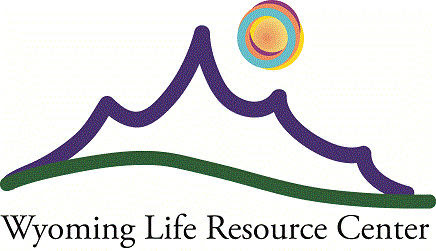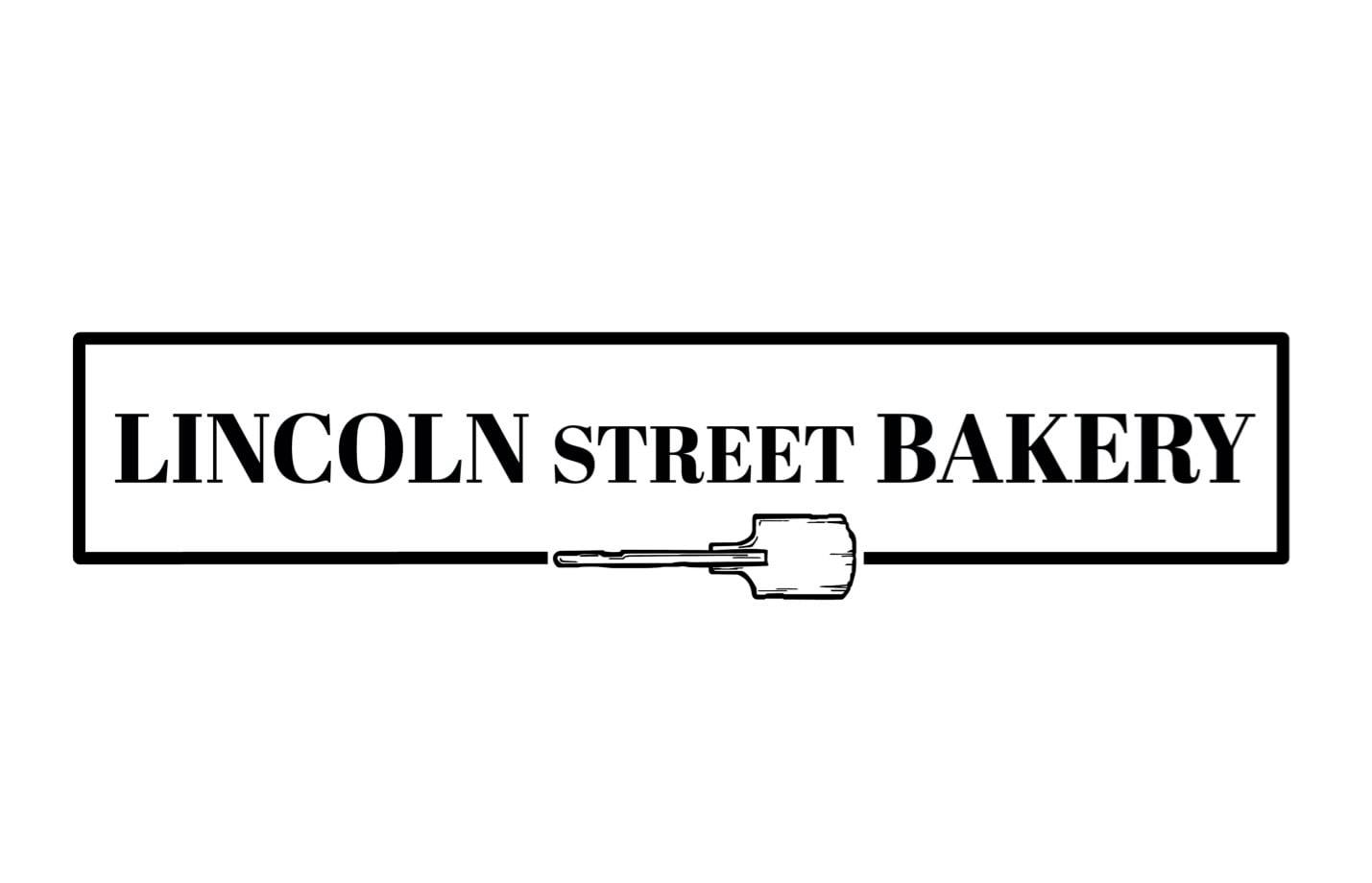The global economy currently faces many difficulties. For example, the COVID pandemic has disrupted ways of working, leading to labor shortages in critical industries, and the ongoing war in Ukraine has disrupted already shaky supply chains.
This has led to uncertainty at a local level, and many of our members have concerns about the future of their businesses. With this in mind, we have produced a three-part series of articles to help members understand the macro-economic situation and how it affects your business.
In part one of this series of blog posts, we addressed the inflation issue and how it might affect your business. While many may be familiar with the mechanics of inflation, a related term is increasingly being used in the news, one that carries the threat of dire economic problems. That term is “stagflation.”
What is Stagflation?
Stagflation is a term economists use when inflation is high, the economy slows, and unemployment remains high. This situation is challenging for the government and economists as actions are taken to tackle unemployment can increase inflation and vice versa. In terms of harm to people and businesses, it is the worst possible economic situation, leading to lower wages, fewer jobs, and less money for families to spend on necessities.
Causes of Stagflation
There are two possible causes of stagflation. The first occurs when a significant shock impacts the economy, such as the recent cost increases of wheat and oil. This makes production less profitable, causing economic activity to slow. Another way for stagflation to occur is if a government enacts policies that harm economic growth simultaneously as it increases monetary supply.
Many economies are now facing stagflation due to the second of these explanations. As a result, many governments increased monetary supply during the COVID crisis, which was, unfortunately, a necessity. These policies are still lingering as the crisis is not entirely over, and, at the same time, the war in Ukraine has caused prices of oil and wheat to remain high.
How Does Stagflation Affect Local Businesses?
Our local businesses are already feeling the effects of stagflation in several ways. Rising prices mean we have to pay more for supplies and utilities while rising oil prices increase our transportation costs. In addition, high unemployment means that there are fewer customers with less to spend. A further cause for concern is the rise in interest rates, making credit more expensive. Supply chain issues are also making it harder to obtain stock and materials.
The Big Picture
We are not currently in a stagflation situation in the US, and economists are divided on whether we are headed in that direction. However, we must recognize that stagflation is serious for all businesses. Unfortunately, there is little we can do at the local level to alter the situation. By remaining agile and adaptable, you have the tools to survive challenging economic conditions. While it may be tempting to increase prices slightly to boost short-term profits and provide a cushion in the bank, this isn’t always the best approach—this approach risks being regarded as profiteering, alienating clients and customers in the long term.
Long-term stagflation can lead to a recession, which may be unavoidable. This concept will be discussed in this series’ third and final part.






















